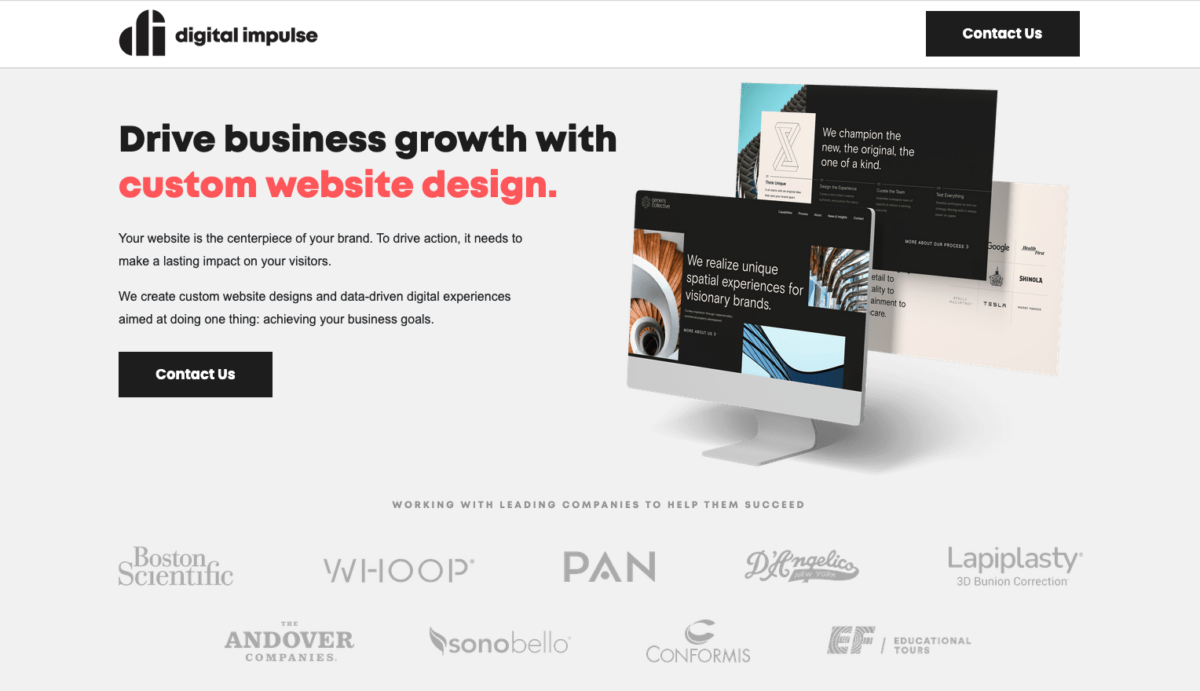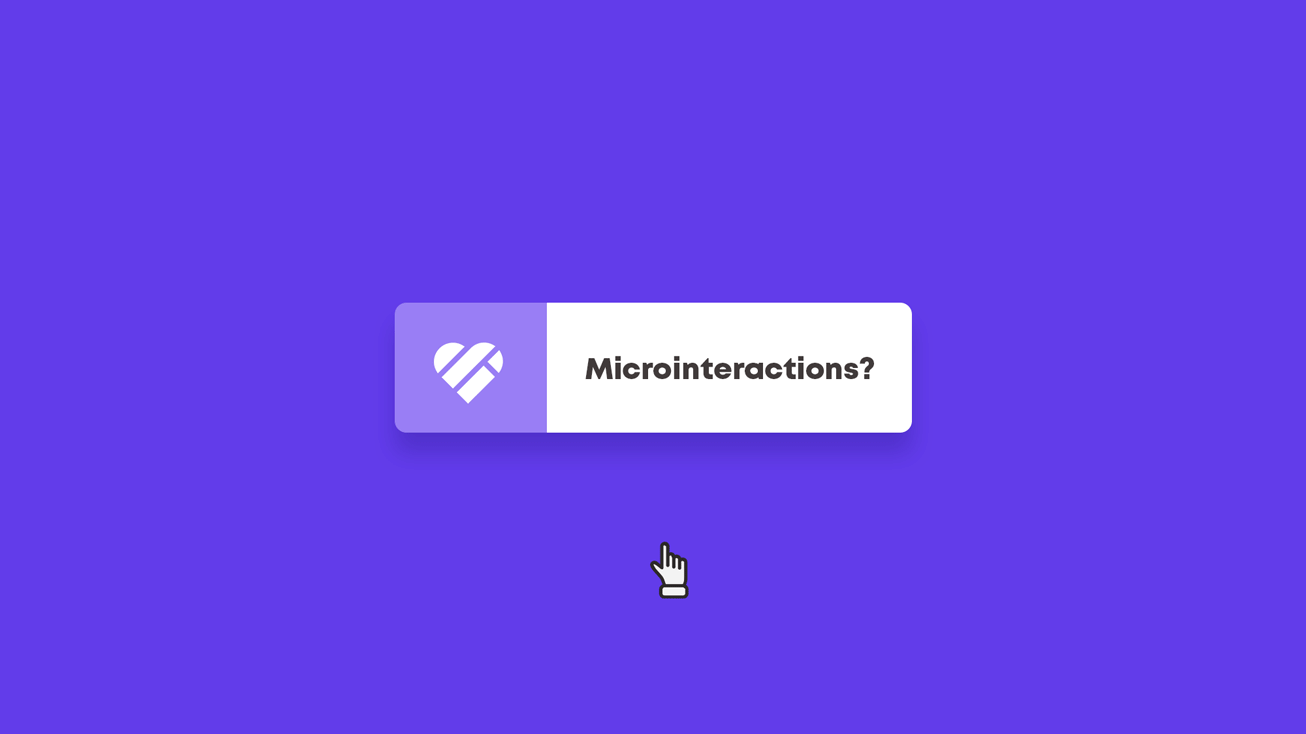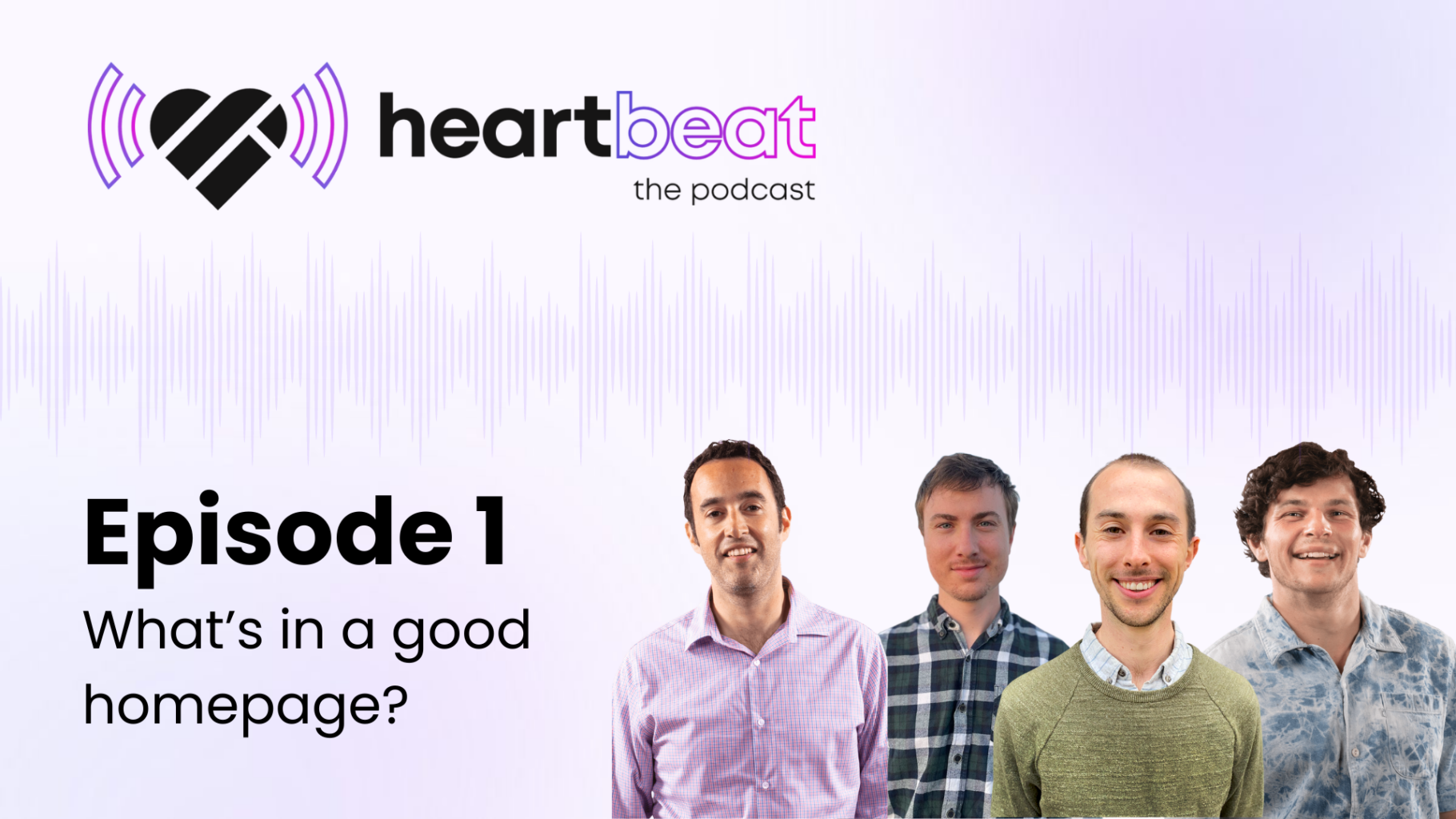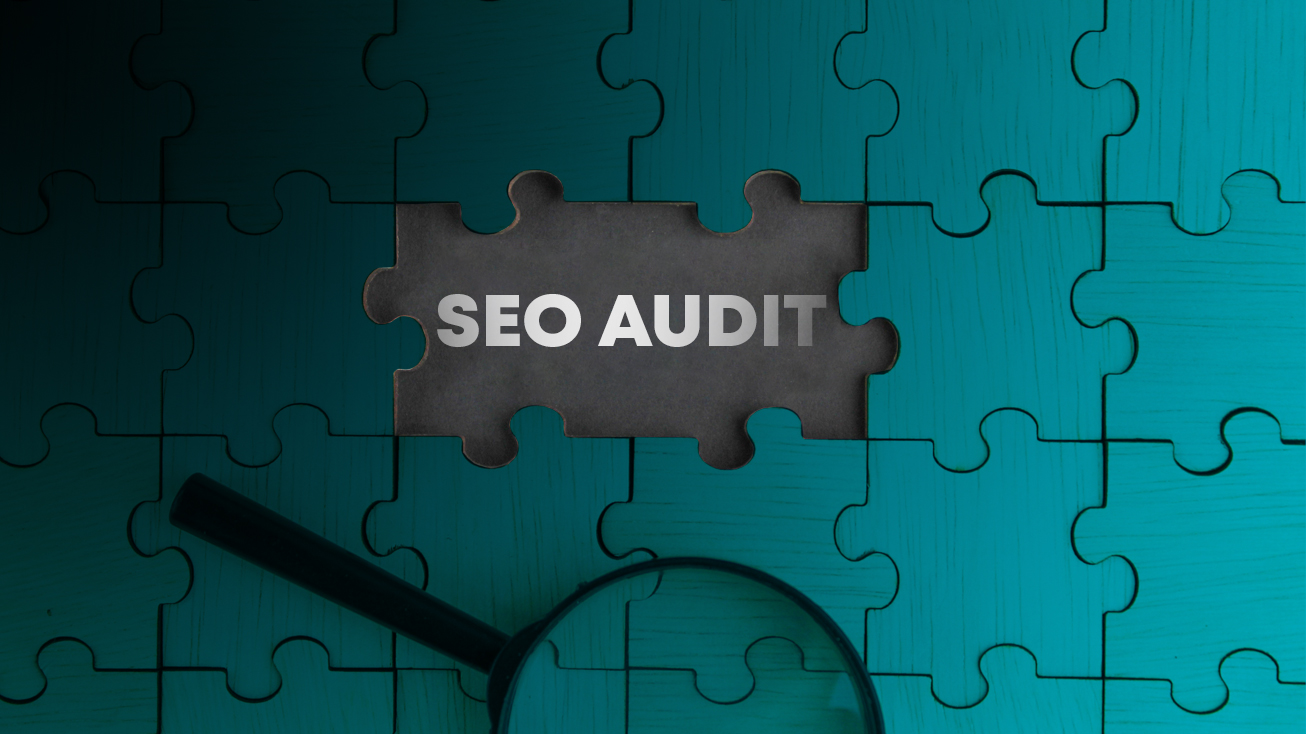Crafting a successful PPC campaign requires marketers to balance numerous creative and strategic decisions – tapping into their imaginations while tempering these instincts with hard tactics.
The more stylistic considerations include:
- How can we make the messaging contained in our ad copy compelling and memorable?
- How can we write headlines that pique the interest and inspire the engagement of our intended audience?
The more methodical and analytical questions are:
- Which precise user segments or buyer personas are we appealing to with this ad?
- What tracking mechanisms will we implement to monitor campaign performance?
- Which keywords or queries are we targeting and how will their volume and competitiveness impact our ad positions, bid strategy, budgetary restraints, and ROI?
And yet there is one single question, amidst this coruscating kaleidoscope of variables, that is arguably the most important. The one definitive factor that brings it all full circle:
Where does it all lead?
Where will the people viewing your ad land after they click on it? This is often the last step in the production process, an afterthought in a way. But it really shouldn’t be. The ultimate destination of your advertisement is the horse, not the cart. It should drive the creation of your ads, not be tacked onto them once they’re already written.
Deciding to link a certain domain to a PPC campaign reflects your faith that its content can effectively nudge visitors toward profitable conversions. It is a choice for which real dollars are at stake. In making it, you’re showing the project’s stakeholders that this page is a place you’re happy paying for people to be and that it’ll drive enough user actions to make the entire endeavor worthwhile from a dollars-in, dollars-out perspective. You’re confidently wagering that the outcome will be income.
It’s a bet. And as a means of hedging it, savvy PPC marketers have come to rely not on their homepage or ‘products overview’ page but on landing pages: purpose-built webpages intentionally designed and deployed with one particular paid campaign in mind.
Searchers click on ads because they’re trying to solve problems or gain information. And searchers, like most humans, are impatient. That’s why hyper-focused and clearly-relevant landing pages are so effective.
Marketing departments and agencies create landing pages to do exactly one thing: drive conversions, usually with a higher degree of efficiency than the homepage or other pages already existing on their main site.
These hyper-focused, query-relevant, and conversion-optimized landing pages provide unique buyer personas with a perfect place to land, a page on which to land, given their interests: a landing page.
Here’s a closer look at exactly why a smart, powerful landing page strategy is not only a good option for your PPC campaigns, but a critical one.
How Do Landing Pages Maximize Return on Ad Spend (ROAS)?
A landing page (or “LP” as it’s known in industry parlance) refers to a standalone web page made using tools like Unbounce or HubSpot to accomplish a defined objective. It’s where a visitor is sent after clicking on a specific CTA or a link in an email, social media post, or paid ad.
The reason these pages are a better way to invest advertising dollars than standard webpages is that they are specifically designed to convert targeted buyer personas into leads or customers by providing clear and concise information about a particular offer or product.
Landing pages are also flexible and can be tailored to align perfectly with your ad campaigns, ensuring a seamless transition for users from the ad to the landing page.
This coherence improves the user experience and boosts conversion rates, ultimately maximizing the return on ad spend.
Your cost per ad click (Avg. CPCs) will rise. Not only do search engines intentionally increase the price of ad clicks to improve their own bottom lines, the keywords people use to search for your product or service are limited and your list of competitors is ever-growing. The only way businesses can ensure rising marketing costs don’t impact their own bottom lines is by delivering an experience that outperforms their competition. In search engine marketing, that starts with the landing page. When paying for clicks, it’s mission critical that you make every click count.
You can build out as many of these pages as your marketing campaigns require, but each one should be centered around a single objective such as filling out a form, making a purchase, or downloading a resource.
Specificity and specialization — herein lie the strengths of a top-tier LP.
A landing page is not supposed to be a place where anyone can randomly wander through your site’s navigation. A person has to express a keen, measurable interest in whatever you’re advertising to even see the link or CTA. They ask, and they receive. They knock, and it is opened to them.
This is why the average landing page conversion rate (~6%) is markedly higher than the average rate across all platforms (~2 – 5%). It’s a page designed for a particular person, and people generally respond positively to personalization.
Another compelling statistic illustrating this point is the fact that CTAs containing unique non-generic language perform 202% better than standard ‘learn more’ style CTAs
The takeaway for marketers is this: Users are much more likely to engage meaningfully with content that they recognize as relevant to their needs and deliberately addressed to them. Utilizing landing pages in paid campaigns is an excellent strategy to encourage such engagement using personalization.
How are Landing Pages Different from Standard Webpages?
A site’s homepage or a product/service overview page is expected to cover a broad swathe of territory. They’re forced to be comprehensive because businesses don’t want leads slipping through their fingers; drifting off like sparks on the breeze without kindling to catch them.
This is why they (understandably) design those large, load-bearing pillars of their online presence to touch on a little of everything. They make them appealing to diverse audiences, encapsulating and encompassing the full extent of what they offer.
Landing pages carry none of these expectations, which is why they’re such a godsend for the many marketers harboring a healthy fear of being accidentally overlooked by potentially interested audiences.
When crafting an LP, a writer or designer doesn’t even have to think about who the page might not appeal to; all they have to focus on is catering to the unique buyer personas who will find its content compelling. It doesn’t have to be everything for everyone all at once, its only job is to be the right message for the right persona.
If that persona doesn’t bounce, your words and graphics succeed in attaching themselves to their appropriate brain tissue, then the page was a worthwhile addition to your paid campaign.
A homepage is designed to be the main entry point for your website, it is not designed for a certain campaign or clear-cut audience. A landing page, on the other hand, is specifically tailored to one identified initiative—and has a bold call-to-action that aligns with its goal.
To summarize the difference, LPs resemble your main site for the sake of branding and design cohesion, but otherwise, they live and operate as independent specialized entities. As such, they provide marketers with a lucrative opportunity to highlight a chosen aspect of their business’s offering, presenting these relevant elements to the most receptive audiences free of distractions.
What are the Advantages of Landing Pages Vs. Standard Webpages in Paid Campaigns?
Let’s dig a layer or two deeper and do a strategic comparison of precisely why landing pages are so effective for ensuring maximum ad spend utilization and conversion rate optimization in successful paid campaigns.
The Focus Factor: Cleanliness, Clarity, and a Lack of Clutter
A landing page stands apart from the rest of your website, free from the clutter of dropdown menus and denuded of all unnecessary distractions. This streamlined design directs visitors’ focus solely toward conversion-driving elements like CTAs, lead capture forms, and resource downloads.
You’re removing the possible exit points and minimizing the potential for visitors to become sidetracked, which gives your page a better chance of captivating and convincing them to take the desired action.
And the best part is, they’ll hardly notice the difference. Removing clutter won’t alter the look and feel of the landing page compared to your homepage, but it will direct users’ attention to key decision-making points. This aspect is particularly significant in the realm of paid campaigns, where you incur costs for each visitor who clicks on your ad.
How this results in higher conversion rates:
By bringing CTAs to the forefront, avoiding all possible diversions to alternative destinations, and trimming away the fat obscuring those crucial conversion points, you’re left with a lean, mean, high-performing LP—an asset significantly more likely to encourage users’ active involvement and successful fulfillment of the objectives you’ve set for them.
Fast Flexibility: The Advantages of an LP’s Agile Adaptiveness
Landing pages are adaptable, living documents. This enables marketers to make quick adjustments to content, design, or offers based on real-time feedback and analysis of your paid campaign’s performance.
Furthermore, the platforms employed by marketers to construct landing pages typically offer intuitive customization functions for easy updating. Your team can always modify and optimize on-page copy with relevant keywords, interchange images, and even generate various versions of the page for testing as an ad continues to run.
This level of not only personalization, but on-the-fly refinement enhances the overall effectiveness of the ad by ensuring that it stays relevant, competitive, and resilient in the face of unforeseen obstacles or market changes.
How this results in higher conversion rates:
The dynamic nature of landing pages in paid campaigns makes them agile and ready to evolve on a dime, leading to better conversion rates and return on investment for those managing them.
Instead of designing a page, saying ‘ok, that dog’ll hunt,’ and releasing it into the wild, you can continually make it stronger and smarter after its publication.
Enhanced Data Collection: Integrated Analytics and Tracking on Landing Pages
When your paid campaign is centered around a singular focal point, the process of measuring user behavior becomes much easier.
Landing pages provide valuable data insights into user behavior and engagement, enabling you to track key metrics like conversion rates, bounce rates, and time on page. This data-driven approach allows for informed decision-making and refinement of marketing strategies to achieve better ROI.
A major advantage of landing pages is their enhanced focus on specific conversion points. Points around which all user interactions are streamlined. From an analytics perspective, this fixation on a relatively small number of key spots on a page makes it easier to gather relevant data relating to user behavior, preferences, and responses to those specific spots.
How this results in higher conversion rates:
The pages on your main website contain a multitude of modules and links, creating countless opportunities for diverse types of behavior—a panoply of possible interactions. This produces a deep data pool that requires substantial resources to measure.
In contrast, landing pages typically feature far fewer modules and links, usually just one or two, all working towards a common goal. This lack of clutter, inherent to all good LPs, allows for a detailed examination of how users interact with specific elements, sharpening the precision of data analysis and bolstering your ability to make timely conversion-oriented improvements.
Data analysis on landing pages also allows for easy A/B testing of different elements such as headlines, call-to-action buttons, images, and forms. By continuously optimizing these elements based on performance metrics, you can enhance the effectiveness of your campaigns and improve ROI over time.
Strategic Deployment: An Example of How Landing Pages Are Utilized in Paid Marketing
To put all of the claims we’ve made so far to the test, let’s sketch out a real-world example. Say – to draw a random, eclectic example totally out of leftfield – you own a full-service digital marketing and web design agency.
And, to hazard a guess, not all of your current or prospective clients are interested in soliciting the full fullness of the services your agency offers. Instead, they have one or two very specific projects in mind for which they require professional assistance.
It could be a conversion rate optimization program, a bit of thought leadership blogging, an injection of life into their social media accounts… Point being, they don’t just want help, they want help with “X” (using “X” in the algebraic sense here, not in reference to the new Twitter).
For the purposes of our present thought exercise, let’s assume that one frequently requested “X” that clients often seek your agency’s assistance with is email marketing.
Everyone wants a piece of your team’s expertise when it comes to drafting messages, setting up drip campaigns, segmenting contact lists, and testing different subject lines—the whole nine.
This is all well and good. Work is work. Bills need paid. And yet, there’s so much more you could be doing. A broad and intriguing spectrum of possibilities.
Your agency boasts a crack squad of talented designers, developers, content strategists, and MarTech specialists. If someone, anyone, were to utter the words ‘build us a new website,’ you would construct for that person a digital home to turn the whole internet green with envy.
So, to showcase the quality and availability of this service, you write a set of paid search ads and build a dedicated landing page specifically promoting your web design capabilities.
 Now, when people search for ‘website design agency in my area’ or ‘web development business Boston,’ they will see your ad, hit the link, and be transported to your landing page. Thereupon, they will be so struck by the undeniable quality of your services offered that they trip over themselves submitting the contact form. And just like that, you’ve generated leads interested in hiring you to carry out more creatively rewarding and lucrative projects.
Now, when people search for ‘website design agency in my area’ or ‘web development business Boston,’ they will see your ad, hit the link, and be transported to your landing page. Thereupon, they will be so struck by the undeniable quality of your services offered that they trip over themselves submitting the contact form. And just like that, you’ve generated leads interested in hiring you to carry out more creatively rewarding and lucrative projects.
Ready to Bolster Your Paid Campaigns? Begin Building Better LPs Today!
Landing pages are a pivotal element in the success of any paid advertising project, acting as a crucial cog in the campaign’s machinery. By providing consumers with a focused and targeted experience, the LP not only enhances conversions but also yields valuable data for ongoing optimization.
At DI, our team builds these pages every day of the week—for our own business and our partners. We’ve assisted numerous clients in extracting superior results from their paid campaigns by fortifying their promoted ads with thoughtfully designed and strategically deployed LPs. This approach consistently leads to a better return on investment compared to using an existing page from their main site.
In reading this blog, we hope you’ve come to recognize that landing pages can be the keystone supporting your paid marketing endeavors. If you’re interested in having us assist you in producing professional-quality LPs, we would be more than happy to chat.






